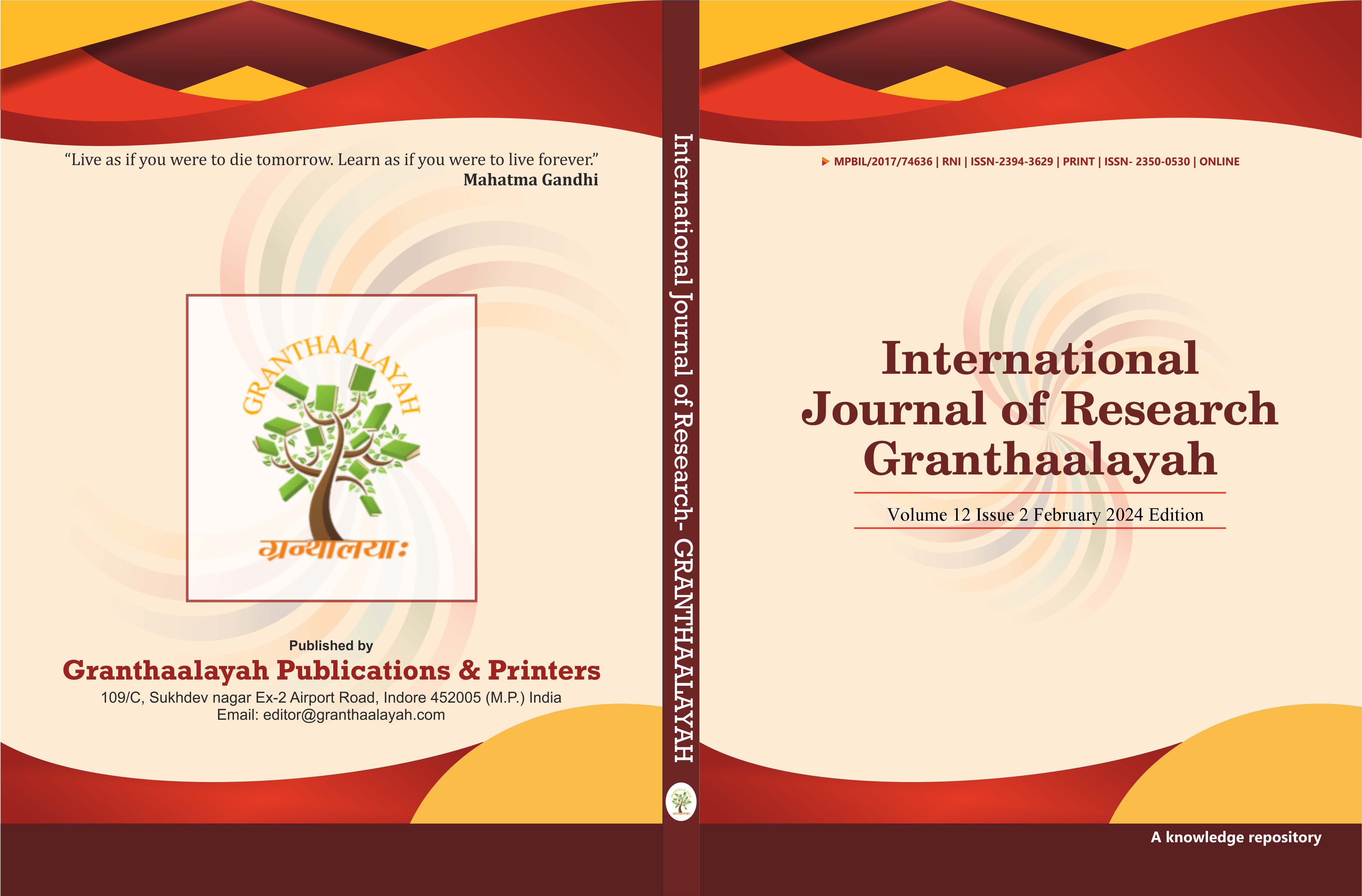SMART DISEASE DIAGNOSIS USING CNN AND KALMAN FILTERS: INTEGRATING STRUCTURED AND UNSTRUCTURED MEDICAL DATA
DOI:
https://doi.org/10.29121/granthaalayah.v12.i2.2024.6113Keywords:
Smart Disease, Cnn, Kalman, Healthcare, Accuracy, Medical, UnstructuredAbstract [English]
In the realm of healthcare analytics, the accuracy of disease prediction models often suffers due to the incomplete nature of medical data and the regional variability of disease patterns. Traditional approaches have primarily focused on structured data, thereby neglecting the potential insights hidden in semi-structured and unstructured formats such as medical notes, diagnostic reports, and imaging data. This project introduces a hybrid system that leverages Convolutional Neural Networks (CNNs) for effective feature extraction from unstructured data and Kalman Filters for dynamic tracking and smoothing of patient health states over time.
The proposed system is designed to handle and integrate both structured and unstructured data sources to enhance the predictive accuracy of disease analysis. CNNs are employed to process complex textual and visual inputs, transforming them into structured feature representations. These are subsequently combined with temporal observations in a Kalman Filter framework to predict disease progression and identify potential anomalies in patient profiles.
Our aim is to develop an intelligent support system that aids healthcare professionals and consumers in diagnosing diseases more accurately and selecting treatment plans based on a comprehensive analysis of symptoms, regional trends, and personal health records. By accommodating diverse data types and regional disease characteristics, this system not only improves the reliability of disease outbreak predictions but also personalizes healthcare recommendations. The integration of CNN and Kalman Filter technologies ensures a robust, real-time, and adaptive diagnostic tool suitable for dynamic clinical environments.
Downloads
References
Kumar, A., & Shinde, R. (2017). Hospital Management System. International Journal of Computer Applications.
Kumar, R., & Sharma, A. (2021). Evolution of Hospital Management Systems: A Survey. Health Informatics Journal.
Gupta, N., & Saxena, A. (2019). Improving Hospital Efficiency Through IT Systems. Health Informatics Journal.
Sharma, S., & Mehta, V. (2021). Secured Access in Healthcare Systems. Journal of Medical Systems.
Litjens, G., et al. (2017). A Survey on Deep Learning in Medical Image Analysis. Medical Image Analysis. DOI: https://doi.org/10.1016/j.media.2017.07.005
Islam, M., et al. (2019). A Comprehensive Study on Deep Learning-Based Document Processing in Healthcare. Journal of Biomedical Informatics.
Rajpurkar, P., et al. (2018). Deep Learning for Chest Radiograph Diagnosis. PLoS Medicine. DOI: https://doi.org/10.1371/journal.pmed.1002686
Desai, M., & Patel, K. (2020). End-to-End Automation in Multispecialty Hospitals. International Journal of Healthcare Information Systems.
Kiranyaz, S., et al. (2019). 1D Convolutional Neural Networks and Applications: A Survey. Neurocomputing.
Wang, X., et al. (2021). Hybrid Deep Learning Models for Efficient Medical Diagnosis. Expert Systems.
Ahmad, T., et al. (2021). IoT and AI Integration in Smart Healthcare: Trends and Directions. Journal of Network and Computer Applications.
Verma, D., & Singh, R. (2022). Challenges in Traditional Healthcare Recordkeeping. Journal of Health and Technology.
Chen, Y., et al. (2018). Data Sharing and Privacy in Healthcare. Health Affairs.
Anonymous. (2025). Effect of Meteorological Conditions on Occurrence of Hand, Foot and Mouth Disease in Wuwei City, Northwestern China. [Source unspecified]
Anonymous. (2025). Developing an Index for Detection and Identification of Disease Stages using Spectral Analysis. [Source unspecified]
Anonymous. (2025). Quantized Analysis for Heart Valve Disease based on Cardiac Sound Characteristic Waveform Method. [Source unspecified]
Anonymous. (2025). Non-Linear Analysis of Heart Rate Variability in Patients with Coronary Heart Disease. [Source unspecified]
Published
How to Cite
Issue
Section
License
Copyright (c) 2024 Ujjawal, Panav, MD Danish

This work is licensed under a Creative Commons Attribution 4.0 International License.
With the licence CC-BY, authors retain the copyright, allowing anyone to download, reuse, re-print, modify, distribute, and/or copy their contribution. The work must be properly attributed to its author.
It is not necessary to ask for further permission from the author or journal board.
This journal provides immediate open access to its content on the principle that making research freely available to the public supports a greater global exchange of knowledge.






























